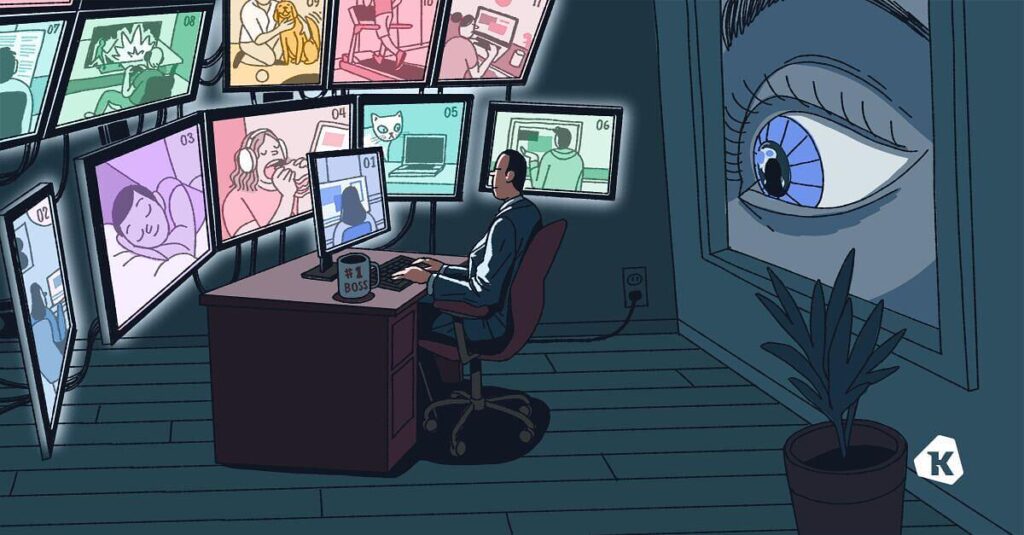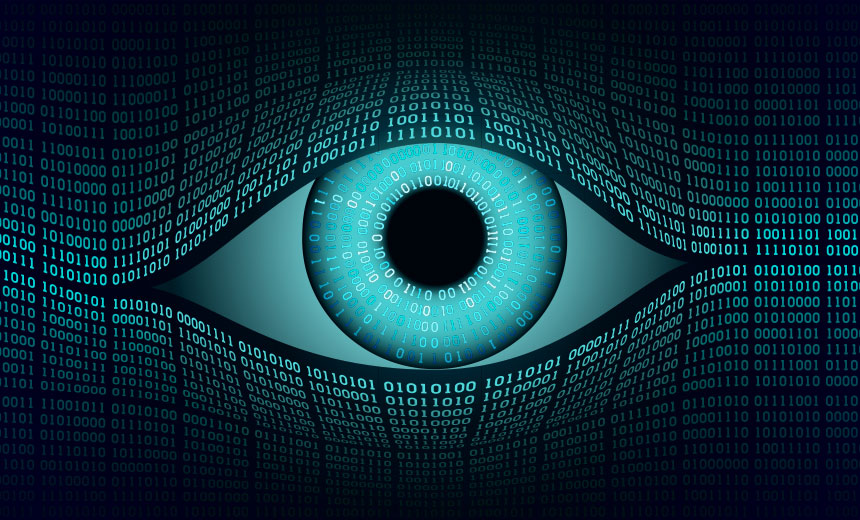
As the COVID-19 pandemic propelled the world into remote work, a new genre of surveillance technology has surged: software designed to track employee activities, commonly known as “bossware.” These applications bypass standard data permissions, granting employers comprehensive access to user activities on their devices. Some companies even alter native antivirus settings to ensure uninterrupted monitoring.
Employee Surveillance through Bossware
The Electronic Frontier Foundation (EFF) identifies activity monitoring as the predominant form of employee surveillance. Such software reveals which websites and applications employees visit, along with metadata linked to emails, social media, and keyboard activity. Managers use this data to deduce employee productivity and performance.
Bossware tools often have capabilities for capturing screenshots and streaming live video from user devices. These images, often timestamped, enable managers to monitor employee activities throughout the day. In certain instances, bossware even permits remote control over devices.
The popularity of bossware is evident, with some applications amassing millions of daily pageviews, especially in remote-centric work environments. A 2019 survey of 239 companies showed over half using software to monitor employee productivity.
Prevalent Bossware Applications
While this is not an exhaustive list, here are some notable bossware tools:
- Teramind: Serving various sectors like healthcare and banking, Teramind brands itself as a “real-time employee tracking app.” It monitors emails, websites, keystrokes, and social media, and even records user actions via video.
- Hubstaff: Disguised under a friendly facade, Hubstaff offers features like project management and invoicing, but it also enables employers to take screenshots, monitor desktops, record keystrokes, and track URLs.
- TimeDoctor: TimeDoctor’s focus is on efficiency, with features like alerts for accessing distracting websites and daily reports for self-improvement. It also helps managers identify high and low performers.
- ActivTrak: Used globally by over 8,500 organizations, ActivTrak offers customizable dashboards for detailed reporting on productivity and task engagement, although it refrains from keystroke logging or live video surveillance.
Monitoring via Mainstream Apps
Beyond specialized bossware, mainstream telecommuting tools like Slack, Google Workspace, and Microsoft Teams can also be configured for employee monitoring.
- Slack: The Enterprise plan includes a Discovery API, allowing administrators to export and archive messages and files.
- Google Workspace: Google’s Vault, an eDiscovery tool, enables administrators to retain and export data across various Google apps.
- Microsoft Teams: Microsoft’s eDiscovery tool archives content from Teams, including messages and conversations, but excludes audio recordings.
Staying Safe in a Monitored Environment
Navigating a work environment with potential surveillance requires caution. Assume all activities on a work computer are monitored. Keep professional boundaries and use personal devices for non-work activities. Remember, bossware typically does not differentiate between work and personal usage.
Vpn access partners
Read More: What is Spyware?
FAQ
How can I protect myself from bossware surveillance?
Maintain professional conduct on work devices and limit personal activities to your own devices. Be aware that bossware does not distinguish between work and personal usage.

